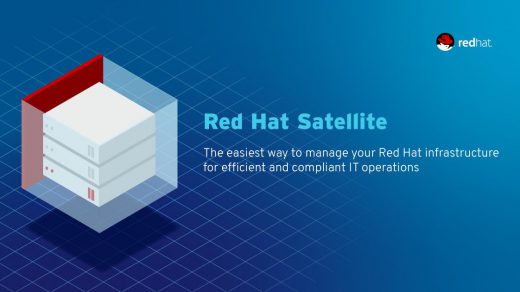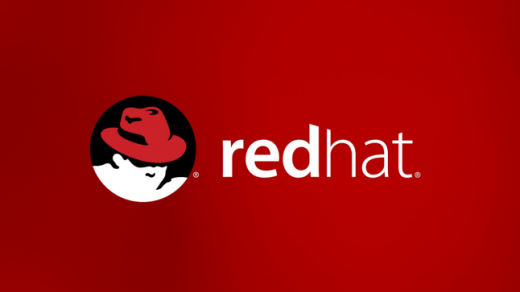Unbound Caching Name Server
This video demonstrates how to install and configure a unbound caching name server. You will also see how to configure the DNS server to forward the DNS requests to other DNS servers on the network.
The steps to install and configure an unbound caching name server are straightforward. Unbound is a great option as it is one of the more secure options out there, and easier to configure than others such as BIND.
Run the following commands to install and start unbound.
yum install -y unbound systemctl start unbound systemctl enable unbound vim /etc/unbound/unbound.conf
Within the unbound.conf file you want to uncomment out, and or edit the following lines:
interface: 0.0.0.0
access-control: 192.168.1.0/24 allow
forward-zone:
name: "."
forward-addr: 192.168.1.40
domain-insecure: den.therootuser.com
Explanation of settings
The interface allows it to accept incoming connections from any interface, the default is the local loopback address. Access-control is the network it will accept incoming client connections from, in our case the 192.168.1.0 network. The forward zone gives us the ability to forward DNS requests to another DNS server, and in our case it is the DNS server on my IDM server. The 192.168.1.40 is the IP address of my DNS server on my main network.
Finally, we run the following commands:
unbound-checkconf systemctl restart unbound firewall-cmd --permanent --add-service=dns firewall-cmd --reload
We can then test out our configuration by going to another server on the network, in this example, I ssh to server1 and edit the /etc/resolv.conf file and add nameserver=192.168.1.41 and save the file.
I can then run the dig command and see the results:
[root@server1 ~]# dig den.therootuser.com ; <<>> DiG 9.9.4-RedHat-9.9.4-51.el7_4.2 <<>> den.therootuser.com ;; global options: +cmd ;; Got answer: ;; ->>HEADER<<- opcode: QUERY, status: NOERROR, id: 17279 ;; flags: qr rd ra; QUERY: 1, ANSWER: 0, AUTHORITY: 1, ADDITIONAL: 1 ;; OPT PSEUDOSECTION: ; EDNS: version: 0, flags:; udp: 4096 ;; QUESTION SECTION: ;den.therootuser.com. IN A ;; AUTHORITY SECTION: den.therootuser.com. 3600 IN SOA rhellab.den.therootuser.com. hostmaster.den.therootuser.com. 1519442236 3600 900 1209600 3600 ;; Query time: 4 msec ;; SERVER: 192.168.1.41#53(192.168.1.41) ;; WHEN: Sat Feb 24 15:25:39 MST 2018 ;; MSG SIZE rcvd: 103 [root@server1 ~]#



1 Response
[…] Day 4 of the RHCA Journey, studying for the RHCE portion, was about DNS. Specifically how it works, how to diagnose DNS issues, as well as how to build an unbound DNS Cache server. […]